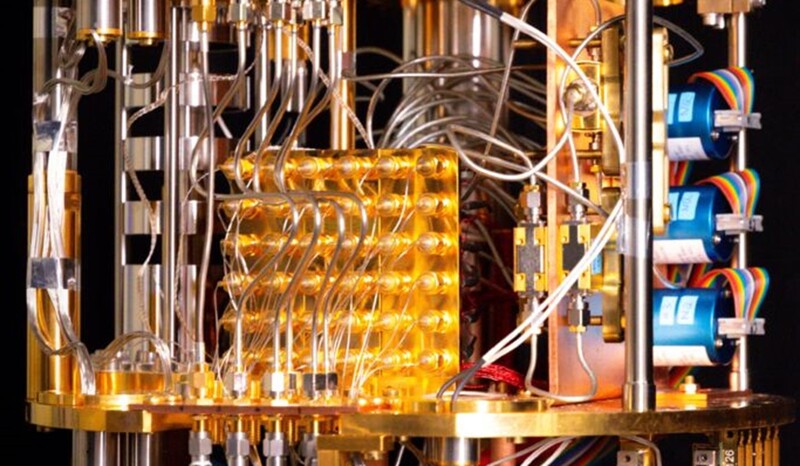The problem: Quantum computers run a lot of calculations simultaneously, which results in a lot of errors. One way to correct errors is to add more qubits — the quantum version of a bit — that essentially check each other’s work. But the most advanced quantum computers have roughly 1,000 qubits, a fraction of what’s needed to reduce errors enough for quantum computers to be effective.
The solution: Québec’s Nord Quantique demonstrated error correction with a single qubit. The team used a bosonic qubit, where a loop of superconducting wire and connected resonator are set up to look like the end of a coaxial cable. The computer’s information is held in photons moving in the space between them — simply put, checking for errors with more photons, instead of more qubits.
This approach doesn’t completely eliminate errors, but Nord Quantique estimates that it would make a viable quantum computer with between 1,000 and 10,000 times fewer qubits. It was also only able to error correct with a single qubit but plans to show a multi-qubit system later this year.
